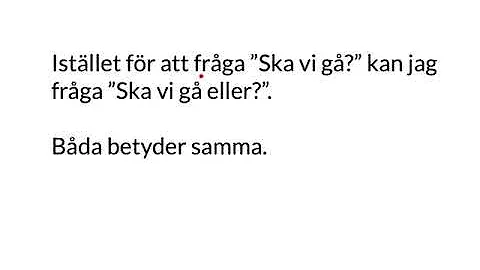Why would you have a TURP procedure?
Innehållsförteckning
- Why would you have a TURP procedure?
- Can TURP diagnose prostate cancer?
- When is TURP recommended?
- Is TURP considered major surgery?
- What is the most common complication of TURP?
- What are the alternatives to TURP surgery?
- Can you still get prostate cancer after TURP?
- Can prostate grow back after TURP?
- Can prostate regrow after TURP?
- Which is better TURP or laser?

Why would you have a TURP procedure?
TURP is most often done to relieve symptoms caused by an enlarged prostate. This is often due to benign prostate hyperplasia (BPH). BPH is not cancer. It is a common part of aging.
Can TURP diagnose prostate cancer?
These results suggest that a relatively high rate of clinically significant tumors were detected by TURP, and prostate cancer that was detected by TURP could be treated surgically, such as by RRP or laparoscopic radical prostatectomy in selective cases.
When is TURP recommended?
Why TURP is carried out TURP is often recommended when prostate enlargement causes troublesome symptoms and fails to respond to treatment with medication. Symptoms that may improve after TURP include: problems with starting to pee. a weak flow of pee, or stopping and starting.
Is TURP considered major surgery?
TURP is a major surgery with serious risks and potential complications. You may have less invasive treatment options.
What is the most common complication of TURP?
Retrograde ejaculation is the most common long-term complication of TURP and can occur in as many as 65 to 75% of men.
What are the alternatives to TURP surgery?
Alternative procedures PLASMA system – different instruments and fluids are used to perform the procedure, which is thought to lead to a lower risk of TURP syndrome (see risks of TURP) holmium laser enucleation of the prostate (HoLEP) – a laser attached to a resectoscope is used to cut away excess prostate tissue.
Can you still get prostate cancer after TURP?
In conclusion, we have found an increased risk of prostate cancer following TURP, but not increased mortality, a disparity that might be explained by follow-up in the PSA era, by diagnosis of clinically non-significant cancers, or by unidentified factors.
Can prostate grow back after TURP?
It is known that the prostate starts to grow again after surgery and about one in ten men need a repeat procedure within ten years of having TURP.
Can prostate regrow after TURP?
It is known that the prostate starts to grow again after surgery and about one in ten men need a repeat procedure within ten years of having TURP.
Which is better TURP or laser?
There was no difference between the two procedures in terms of hospital stay or complications. However, men in the TURP group achieved a faster urinary flow rate (they could pass higher volumes of urine more quickly). TURP was also slightly more cost-effective and faster to perform than the laser procedure.















